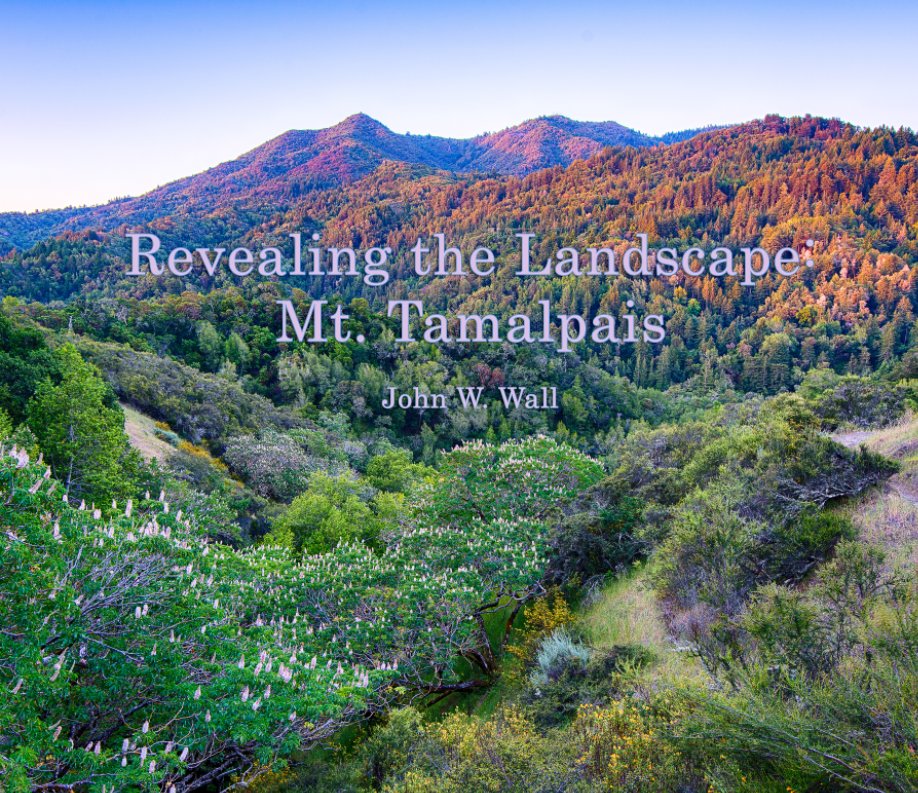 |
| Anna's Hummingbird Keeps Its Eyes Peeled |
The division over exotic vs. native species can refer to plants like eucalyptus, insect pests like murder hornets, or even mollusks like the zebra mussel. In those cases, exotic is the opposite of native. But exotic can also mean romantic, strange, colorful, or marvellous, all of which apply to so many of our California native species.
I love it when a bird comes in close enough that even my compact camera is able to capture the intricate details in its feather structure. I got a few such opportunities today in the intimate confines of the Fort Mason Community Garden, though you'd need to click on the image to see it full-sized (1200 x 900 pixels) to see what I mean.
I first biked out to Heron's Head Park but didn't find much bird life, maybe because the tide was in and there was no exposed mud. One lonely great blue heron rested in the sanctuary, a handful of elegant terns sewed through the air over the bay, and a couple dozen brown pelicans glided in high V-formations along the coast. I'd later see a couple of white pelicans hanging out with brown pelicans at Crissy Lagoon and be surprised by how much larger white pelicans are.
I recently finished re-reading my copy of The Wild Trees by Richard Preston, about locating, climbing, and doing research in the canopy of coast redwood trees, mostly up in the Jed Smith and Prairie Creek state parks. The book came out in 2007, and even then its map showed quite a lot of redwood forest that had not been explored for superlative trees like the 380.8-foot-tall Hyperion (as measured in 2019). I wonder how much of those "blank spots" are still blank.
The main human character in the book is a guy named Steve Sillett, who's one of my heroes. A guy who really loved to climb redwoods who turned his passion into a career that continues to this day. I was interested to note that in this book about climbing redwoods, there was no mention of another hero of mine, Julia Butterfly Hill, who lived in a redwood named Luna for 738 days, from 1997 to 1999, to raise awareness of old-growth logging practices.
Anyway, although the coast redwoods are some of our most exotic natives, I also appreciate even the likes of goldfinches and flycatchers, finches and sparrows.
 |
| A naturalized exotic in San Francisco, red-masked parakeets have been busy plucking acorns in my neighbor's oak tree recently. The oak also attracts squirrels, and the squirrels often pass through our garden on the way to the oak, digging holes and uprooting small plants as they go. In the hope of discouraging them from destroying some things I just planted yesterday I've peppered the soil around the plants with cayenne. Hope it works. |
 |
| Northern Mockingbird |
 |
| They're very quiet when it's past breeding season. This mockingbird was caught in a lemon tree just before diving toward the ground and out of sight. |
 |
| A California towhee hangs out on one of the garden's benches. |
 |
| This diminutive western wood-pewee came so close I could almost reach out and scratch its cute little head. |
 |
| It was soon chased off by a larger flycatcher, a black phoebe. |
 |
| This lesser goldfinch slowly fluttered toward me, perch by perch, until it reached a seedy destination worthy of the risk. |
 |
| Nearby, a few others stuck with the tried-and-true evening primrose seeds. |
 |
| Lesser Goldfinch |
 |
| The Anna's hummingbird was so focused on preening that it didn't seem to mind how close I was. |
Feeding Goldfinch and Preening Hummingbird
 |
| A pair of house finches keeps a look-out. |
 |
| I snapped this shot of an anise swallowtail butterfly and was moving toward a different vantage point when it abruptly flew away just moments before a scrub jay darted into the picture. Apparently, jays, spotted towhees, and other birds do prey on these butterflies. |
 |
| After missing its chance with the swallowtail, the jay had to settle for mere crumbs. |
 |
| White pelicans are quite a bit larger than brown pelicans. |
 |
| I couldn't resist snapping a shot of this brown pelican gliding over Crissy Lagoon. |
 |
| Perched in a shallow spot just upwind of the pelicans and cormorants was this mystery guy.... |
 |
| Aha, mystery solved. |
* * *
































































